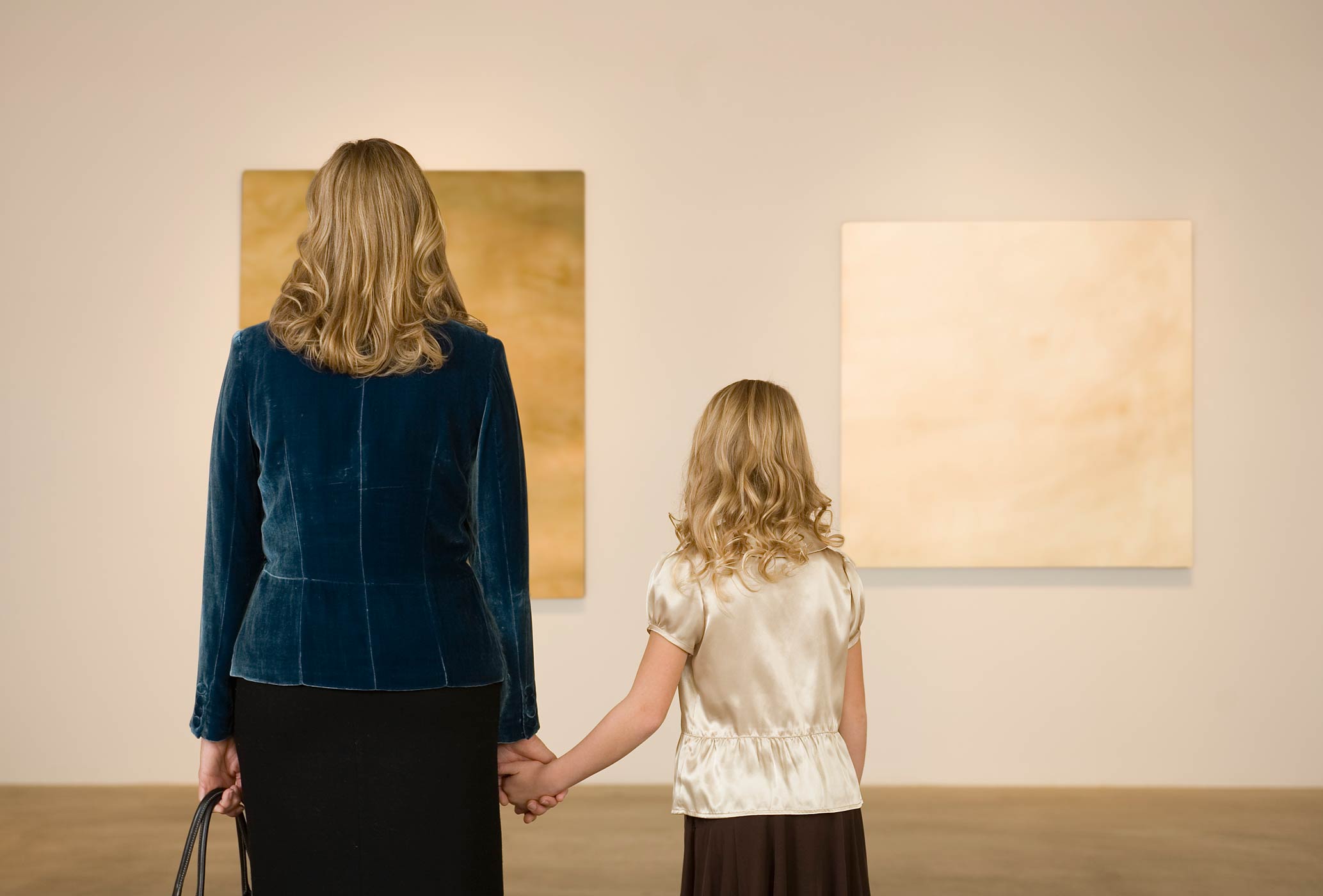
It’s not always easy to talk about art. As the dancer Isadora Duncan is quoted as saying, “If I could say it, I wouldn’t have to dance it.”
Still, art is good for kids. Studies show that when they get into art, they’re more empathetic and more involved with their communities. They have higher career goals, better critical thinking skills, and better academic outcomes. Yet schools are increasingly finding art is squeezed out of their curriculum in favor of more “useful” subjects.
So how can a parent start good conversations with kids about art?
Barbara Hunt McLanahan, executive director of the Children’s Museum of the Arts in New York, says that the first thing parents need to understand about art is that “there’s no right and wrong. That’s the joy of it,” she explains. “Especially today when there’s so much emphasis on testing and standards. With art, you can encourage individuality. It’s good to be different.”
Parents may feel like they’ve got to be experts in art to talk about it, but McLanahan suggests a different perspective: learning along with your kids. “Side by side learning is one of our philosophies,” she says. You don’t have to know everything to start a conversation on art with your kids – you just have to be curious, and willing to learn.
Michelle Lopez, Director of Community Programs at the Children’s Museum of the Arts, suggests starting conversations about art with elementary school kids with three simple questions. When looking at a work of art, start by asking, “What’s happening?” Give them a chance to form some opinions by asking, “What do you see that makes you think that?” Then keep exploring with, “What else can we find?”
Middle school, McLanahan says, is a good time for kids to start getting curious about the artist. Parents and kids can talk together about questions like, “Why would an artist make those choices? How would the piece change if they’d made a different one?”
As students move into high school, Lopez says, art can be an interesting way “to get to know your children as they get older.” When looking at art, kids often “project their views, thoughts, and emotions.” Then parents can “demonstrate that you respect their ideas or disagree” – all within the “safe space in the conversation about the artwork.”
The most important thing for parents and kids at any age to know about art? It’s pretty simple, McLanahan says: “Have fun with it. It’s all about having fun.”
More Must-Reads From TIME
- Dua Lipa Manifested All of This
- Exclusive: Google Workers Revolt Over $1.2 Billion Contract With Israel
- Stop Looking for Your Forever Home
- The Sympathizer Counters 50 Years of Hollywood Vietnam War Narratives
- The Bliss of Seeing the Eclipse From Cleveland
- Hormonal Birth Control Doesn’t Deserve Its Bad Reputation
- The Best TV Shows to Watch on Peacock
- Want Weekly Recs on What to Watch, Read, and More? Sign Up for Worth Your Time
Contact us at letters@time.com